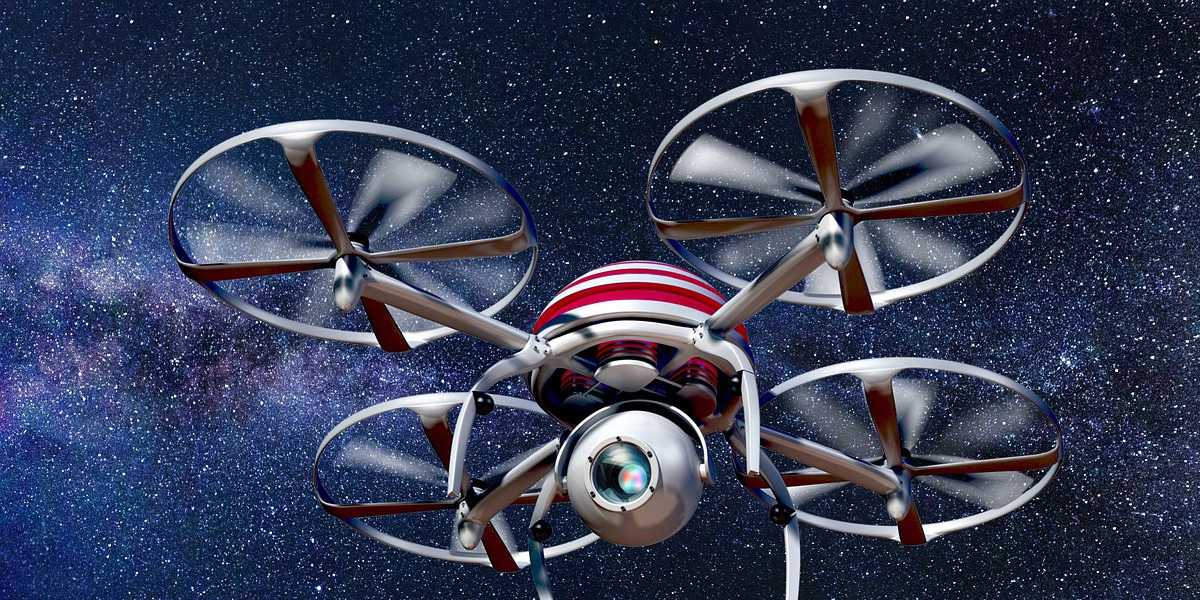The Rise of Autonomous Systems: Unmanned Vehicles and Robots
In recent years, autonomous systems have rapidly gained prominence in the defense industry and various other sectors. Autonomous systems refer to technological systems capable of performing tasks and making decisions without human intervention. This article focuses on the rise of autonomous systems, particularly their significant impact on the defense industry, with an emphasis on unmanned vehicles and robots.
1. Unmanned Aerial Vehicles (UAVs)
Unmanned Aerial Vehicles (UAVs) are among the most well-known and rapidly evolving subcategories of autonomous systems. UAVs are capable of flying autonomously and performing a range of tasks. They play a crucial role in military operations, such as reconnaissance, surveillance, intelligence gathering, target identification, and attack missions. Equipped with advanced sensors, artificial intelligence, and autonomous flight systems, UAVs possess the ability to detect, track, and engage targets effectively.
2. Land and Sea-Based Autonomous Vehicles
Another significant area of autonomous systems in the defense industry is land and sea-based vehicles. These vehicles are used in tasks such as reconnaissance and surveillance, logistical support, mine clearance, ground-to-air defense, and submarine hunting. For instance:
- Unmanned Ground Vehicles (UGVs) can perform reconnaissance and transport tasks.
- Unmanned Maritime Vehicles (UMVs) are deployed in detecting and countering submarines.
Both types of vehicles are equipped with precision sensors, navigation systems, and artificial intelligence technologies, enabling them to operate efficiently in diverse and challenging environments.
3. Military Robots
Military robots are a vital component of autonomous systems in the defense industry. These robots can perform dangerous tasks on behalf of humans and provide essential support during military operations. For example:
- Unmanned ground robots are used in mine clearance, reconnaissance, and attack missions.
- Unmanned underwater robots are employed in underwater reconnaissance and submarine hunting.
Military robots are equipped with advanced mobility systems, communication capabilities, and sensory technologies, making them indispensable tools in modern military strategy.
Conclusion
Autonomous systems represent a significant transformation in the defense industry. Unmanned vehicles and robots stand out for their ability to perform military operations more effectively, efficiently, and safely. By overcoming human limitations, these systems can make rapid decisions, undertake hazardous missions, and ensure the safety of personnel. Furthermore, the adoption of autonomous systems can enhance military capabilities, reduce operational costs, and provide logistical advantages. However, it is essential to acknowledge the ethical, legal, and security challenges that come with the use of autonomous systems.



